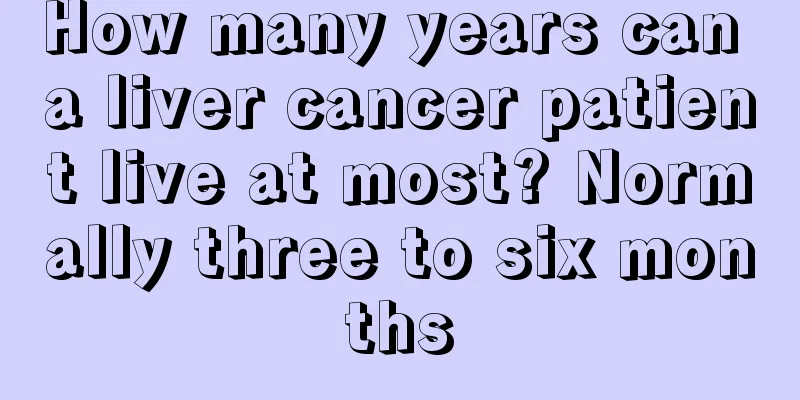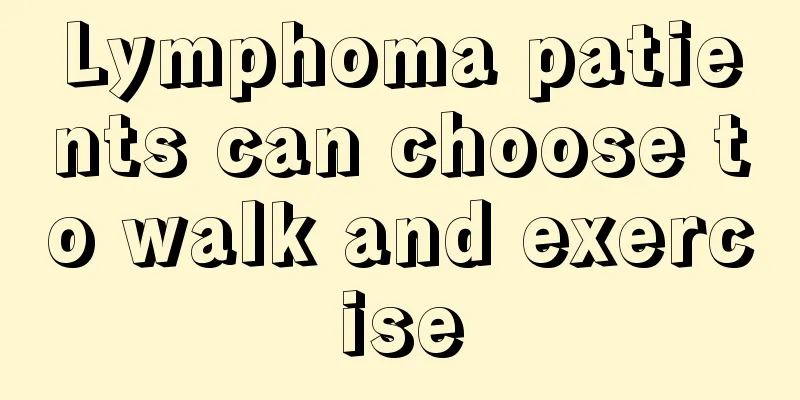Ovarian cancer staging and treatment

|
Ovarian cancer staging is of great significance for its treatment. It can help patients understand their own condition and guide treatment plans. At the same time, combined with various examinations such as CT, ultrasound, and X-ray angiography, appropriate adjustment of the diagnosis and treatment plan can fundamentally reduce the number of laparotomies for patients and improve the treatment effect. The treatment and prognosis of ovarian cancer are closely related to the stage of ovarian cancer and the tissue grade of ovarian cancer. 1. Clinical staging of ovarian cancer Stage I: The tumor is confined to the ovary. IA: The tumor is confined to one ovary, and there are no cancer cells on the surface of the ovary; IB: The tumor invades both ovaries, and there are no cancer cells on the surface of the ovaries; IC: There are cancer cells on the surface of the ovaries or in the ascites. Stage II: The tumor has invaded the tissues within the pelvis. IIA: The tumor invades the fallopian tube or uterus; IIB: The tumor invades other tissues in the pelvis; IIC: The tumor is stage IIA or IIB, but there are also cancer cells on the surface of the ovaries or in the abdominal fluid. Stage III: The tumor has invaded other tissues outside the pelvis. IIIA: The tumor minimally invades the peritoneal cavity; IIIB: Intra-abdominal tumor nodules do not exceed 2 cm; IIIC: Intra-abdominal tumor nodules are larger than 2 cm, or there is metastasis to the abdominal or inguinal lymph nodes. Stage IV: The tumor has spread to distant sites. Most ovarian cancers are diagnosed at stage IIIC, which is difficult to treat and prone to metastasis and recurrence after recovery. 2. Histological grading of ovarian cancer Well-differentiated carcinoma: histological grade 1; Moderately differentiated carcinoma: histological grade 2; Poorly differentiated carcinoma: histological grade 3. 3. Stages of treatment for ovarian cancer It is vital that all ovarian cancer patients undergo as thorough a surgical resection as possible. The main difference in the treatment of different stages of ovarian cancer is whether chemotherapy is used after surgery. If the patient is in very poor physical condition and cannot tolerate surgery, 3 to 6 courses of chemotherapy can be used first, and if the physical condition improves, surgery can be performed. 1. Stage IA and IB, well-differentiated ovarian cancer (histological grade 1) No chemotherapy is needed after surgical resection. 2. Stage IA and IB, moderately or poorly differentiated ovarian cancer (histological grade 2 or 3), or stage IC and II There is no consensus on whether chemotherapy should be done after surgery. Most experts recommend 3 to 6 courses of chemotherapy. The specific chemotherapy regimen is the same as the preferred chemotherapy regimen for stage III below. 3. Stage III ovarian cancer Chemotherapy should be performed after surgical resection of ovarian cancer at this stage. The specific chemotherapy regimen is: 1) Carboplatin AUC6, intravenous drip, day 1; Paclitaxel 175 mg/m2, intravenous drip, day 1; repeat treatment after 21 days, for a total of 6 courses. 2) Cisplatin plus paclitaxel has similar effects to the above carboplatin plus paclitaxel, but it is gradually replaced by carboplatin because of its greater toxicity and side effects (4-6). The specific cisplatin plus paclitaxel regimen is: Cisplatin 75 mg/m2, intravenous drip, day 1; Paclitaxel 175 mg/m2, intravenous drip, day 1; Repeat treatment after 21 days for a total of 6 courses. 4. Stage IV ovarian cancer Although ovarian cancer at this stage has distant metastasis, if the patient's physical condition allows, a thorough surgical resection should be performed as much as possible. Postoperative chemotherapy can use the above III stage and the following recurrent ovarian cancer regimens. 5. Recurrent ovarian cancer Ovarian cancer is usually diagnosed at an advanced stage. Surgery plus chemotherapy can only cure a small number of patients. Most ovarian cancers will recur. The main treatment for recurrent ovarian cancer is chemotherapy. When considering chemotherapy for recurrent ovarian cancer, an important factor is how long after the first round of chemotherapy the ovarian cancer recurred. 1) If ovarian cancer recurs locally in the abdominal cavity at least 6 months after the first chemotherapy, another surgery can be considered to perform as thorough a resection as possible (9-12). These ovarian cancers can be treated with the first chemotherapy regimen. If the patient cannot use paclitaxel, the latest clinical studies show that carboplatin plus gemcitabine is more effective than carboplatin alone (13). After these chemotherapy regimens fail, the second-line chemotherapy regimens described below can be used. The specific carboplatin plus gemcitabine chemotherapy regimen is: Carboplatin AUC4, intravenous drip, day 1; Gemcitabine 1000 mg/m2, intravenous drip, days 1 and 8; Repeat treatment after 21 days. 2) If ovarian cancer recurs within 6 months after the first chemotherapy, these ovarian cancers are no longer sensitive to the first chemotherapy regimen and need other chemotherapy regimens. The prognosis of these patients is poor. The following are commonly used second-line chemotherapy regimens (14-23). Patients can use one first, and then use another chemotherapy after the chemotherapy fails. Etoposide (VP16) 50-60 mg/m2, orally, once a day, for 3 weeks, followed by 1 week of rest. Doxil 40-50 mg/m2, intravenous drip, repeat treatment after 21 days. Topotecan 1-1.5 mg/m2/day, intravenous drip, on days 1-5, repeat treatment after 21 days. Topotecan 2.3 mg/m2/day, orally, on days 1 to 5, repeat treatment after 21 days. Tamoxifen 20 mg, orally, twice a day. Gemcitabine 800-1000 mg/m2, intravenous drip, repeated treatment every week, 3 weeks of treatment, 1 week of rest. Vinorelbine (Navelbine) 30 mg/m2, intravenous drip, on days 1 and 8, and repeated treatment after 21 days. Calcium folinate (Leucovorin, CF) 200mg/m2/day, intravenous drip, and then 5-FU 370mg/m2/day, intravenous drip, 1-5, repeat the treatment after 28 days. Ifosfamide 1-1.2 g/m2/day, intravenous drip, on days 1-5, repeat treatment after 21 days. |
<<: How to perform radiotherapy for ovarian cancer
>>: What are the early treatments for ovarian cancer?
Recommend
What is the role of butter
Nowadays, many people like to bake at home. Butte...
Swollen joints after finger injury
Because the bones in the fingers are very thin, t...
How to quickly reduce swelling in eyes? The method is very simple
Redness and swelling of the eyes can affect one&#...
What are the early symptoms and signs of colon cancer
Early symptoms and signs of colon cancer may incl...
Patients should pay attention to the early symptoms of cardia cancer in time
The incidence of cardia cancer in my country is s...
What medicine should I take for constipation after colon cancer surgery
The first symptom of colorectal cancer is blood i...
Follow-up examination of bladder cancer patients after discharge
My father was diagnosed with bladder cancer durin...
Diet for liver cancer metastasis and pancreatic cancer
What is the diet for pancreatic cancer with liver...
Does ectopic pregnancy on the ovary matter?
The incidence of ectopic pregnancy has increased ...
What is dental sealing medicine
When people have toothache, they will want to tak...
If I get lymphoma during pregnancy, should I abort the baby?
Lymphoma is a malignant proliferative disease ori...
Shaobing filling recipe
The fillings for sesame cakes are chosen accordin...
What are the drugs for secondary liver cancer
The best treatment for advanced liver cancer is b...
How to prevent bedsores from long-term sitting
When a person is bedridden for a long time, the b...
The main components of bacterial cell wall
I believe that people who do not have relevant bi...









